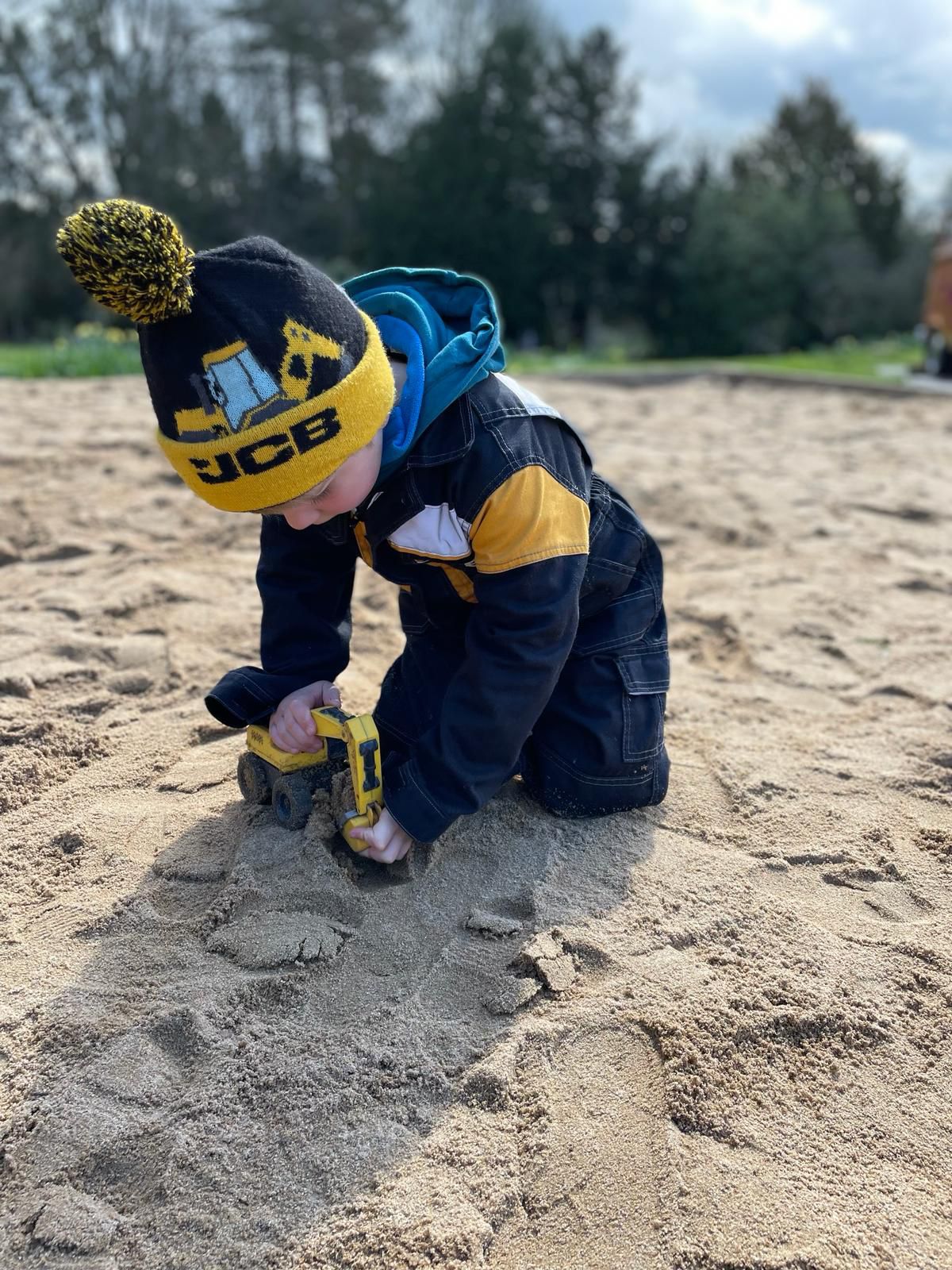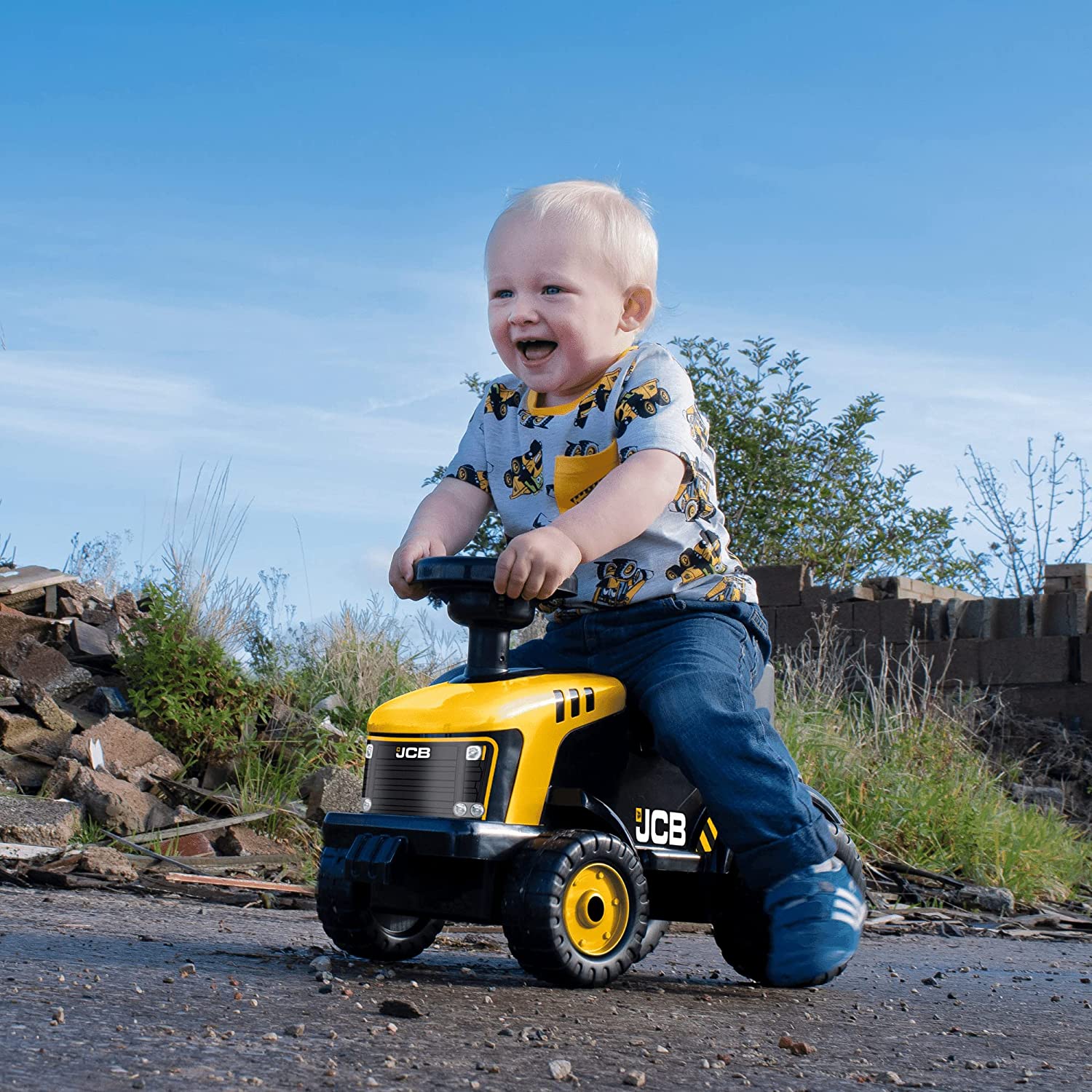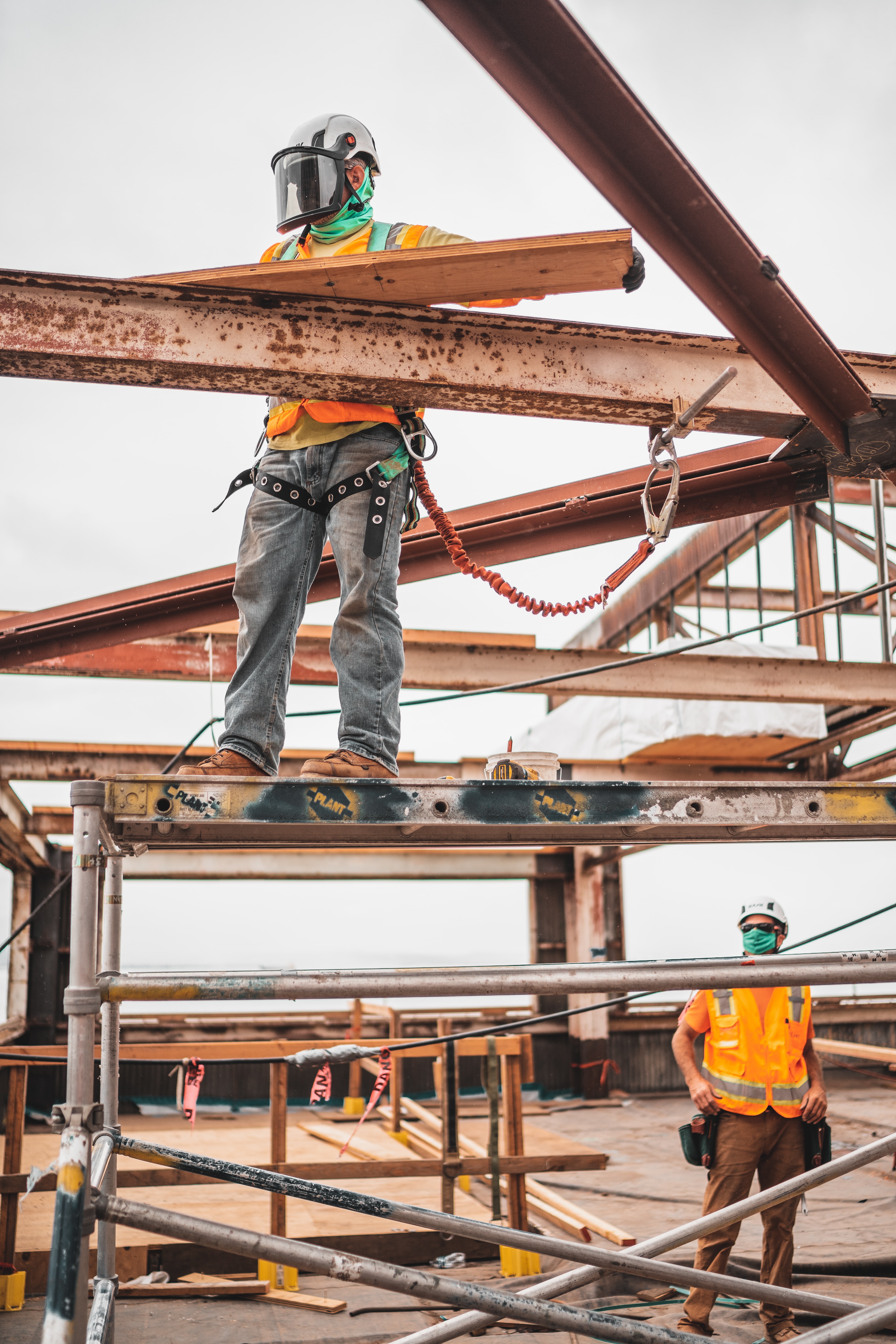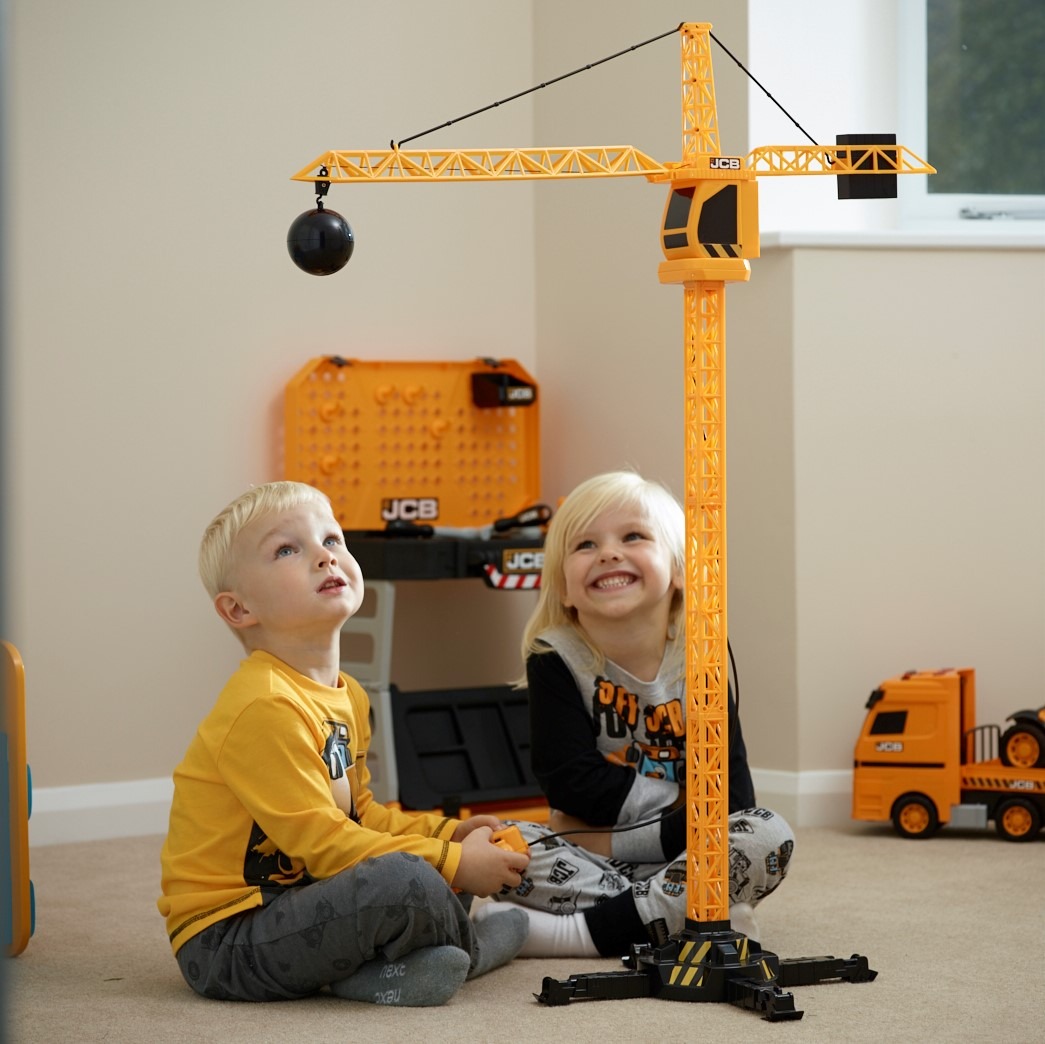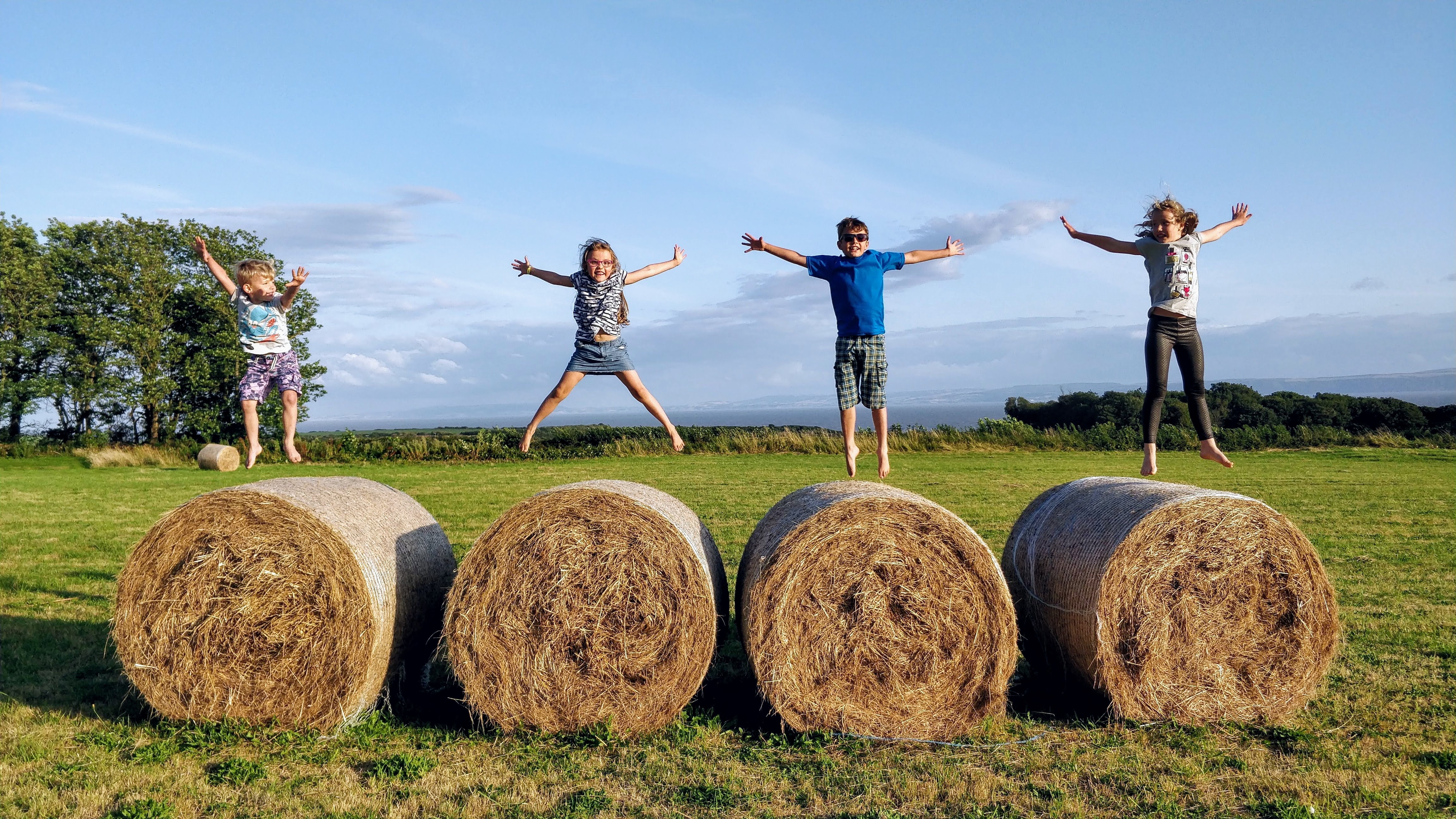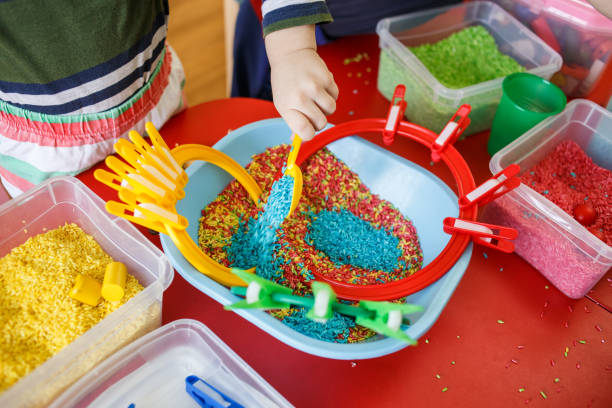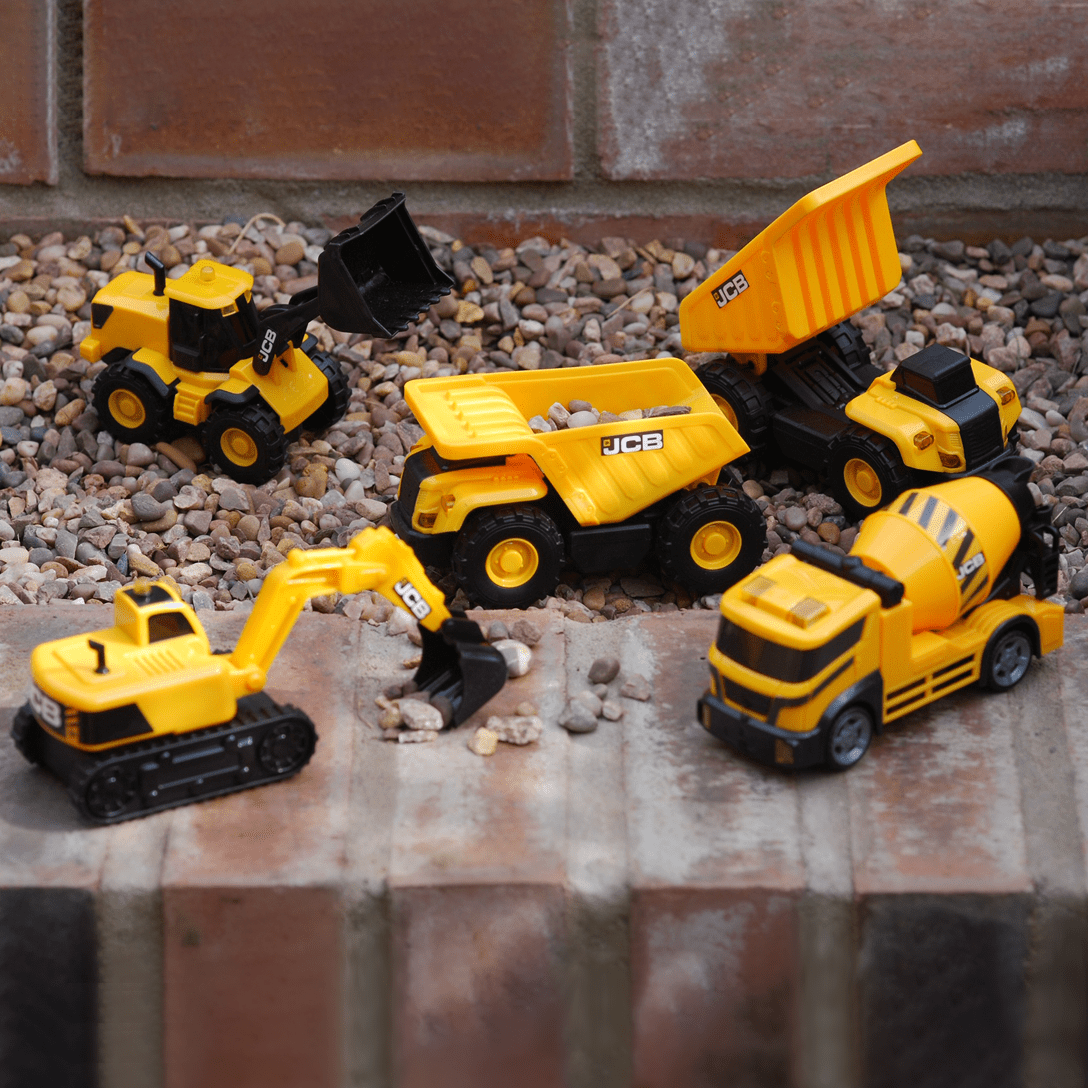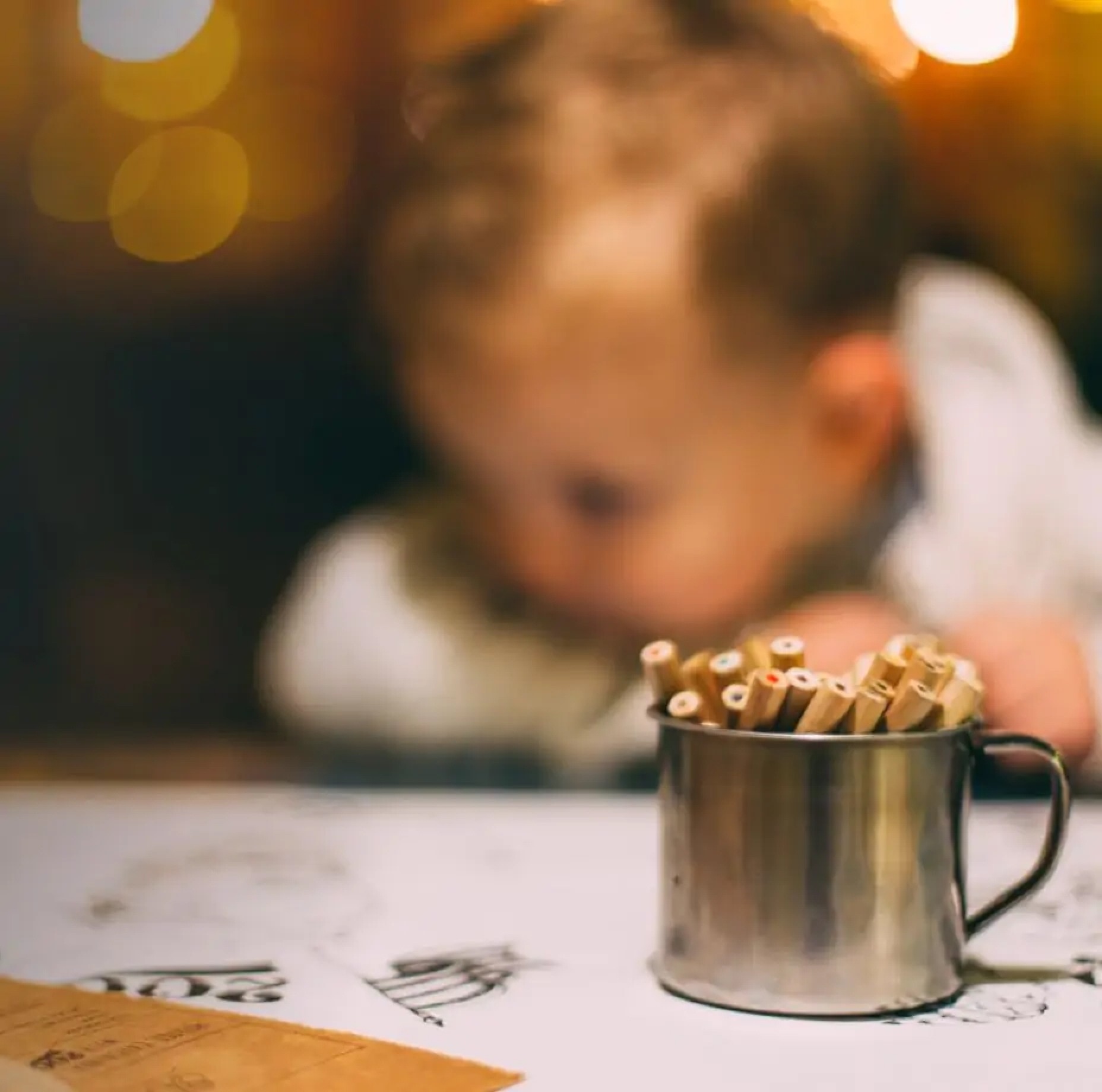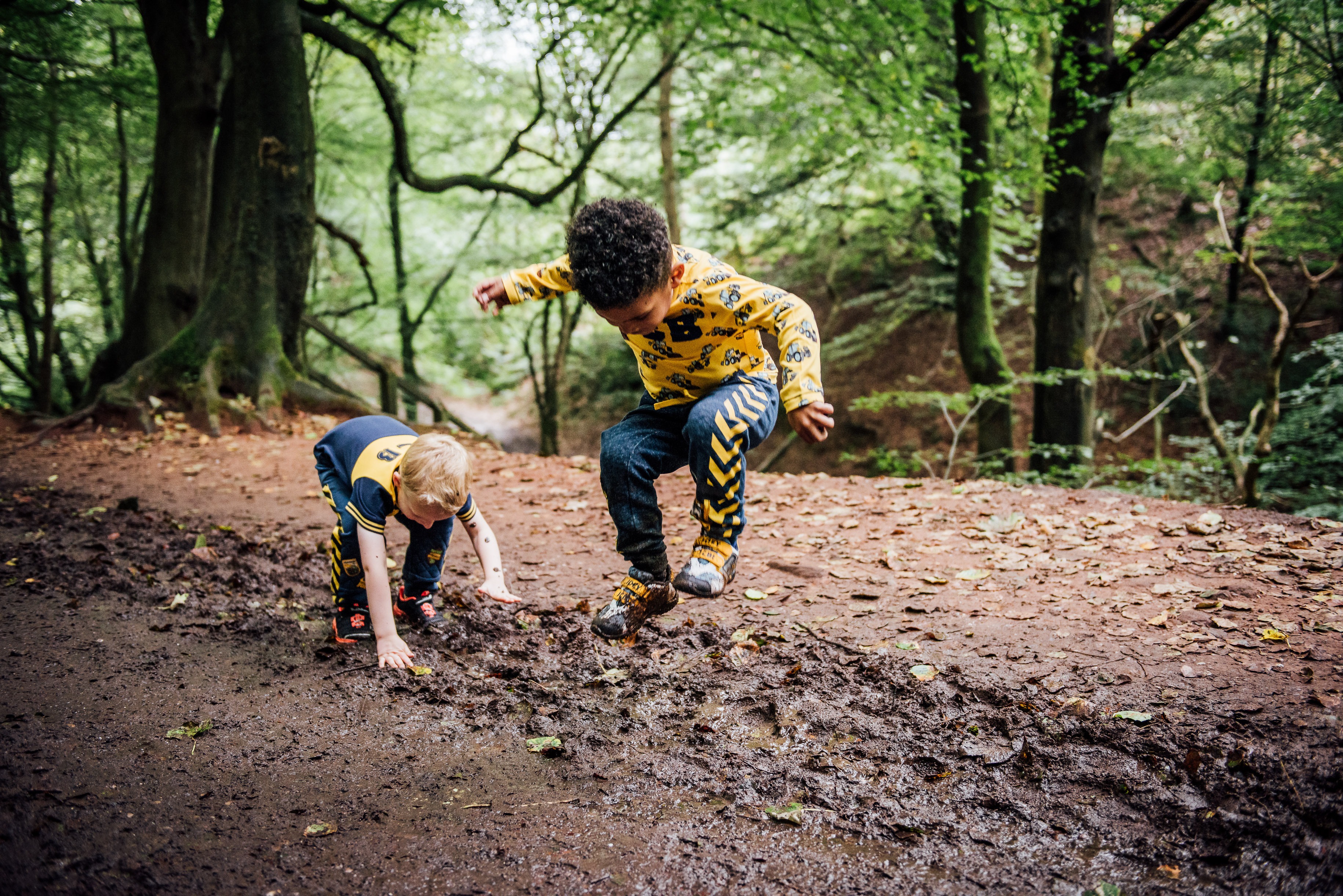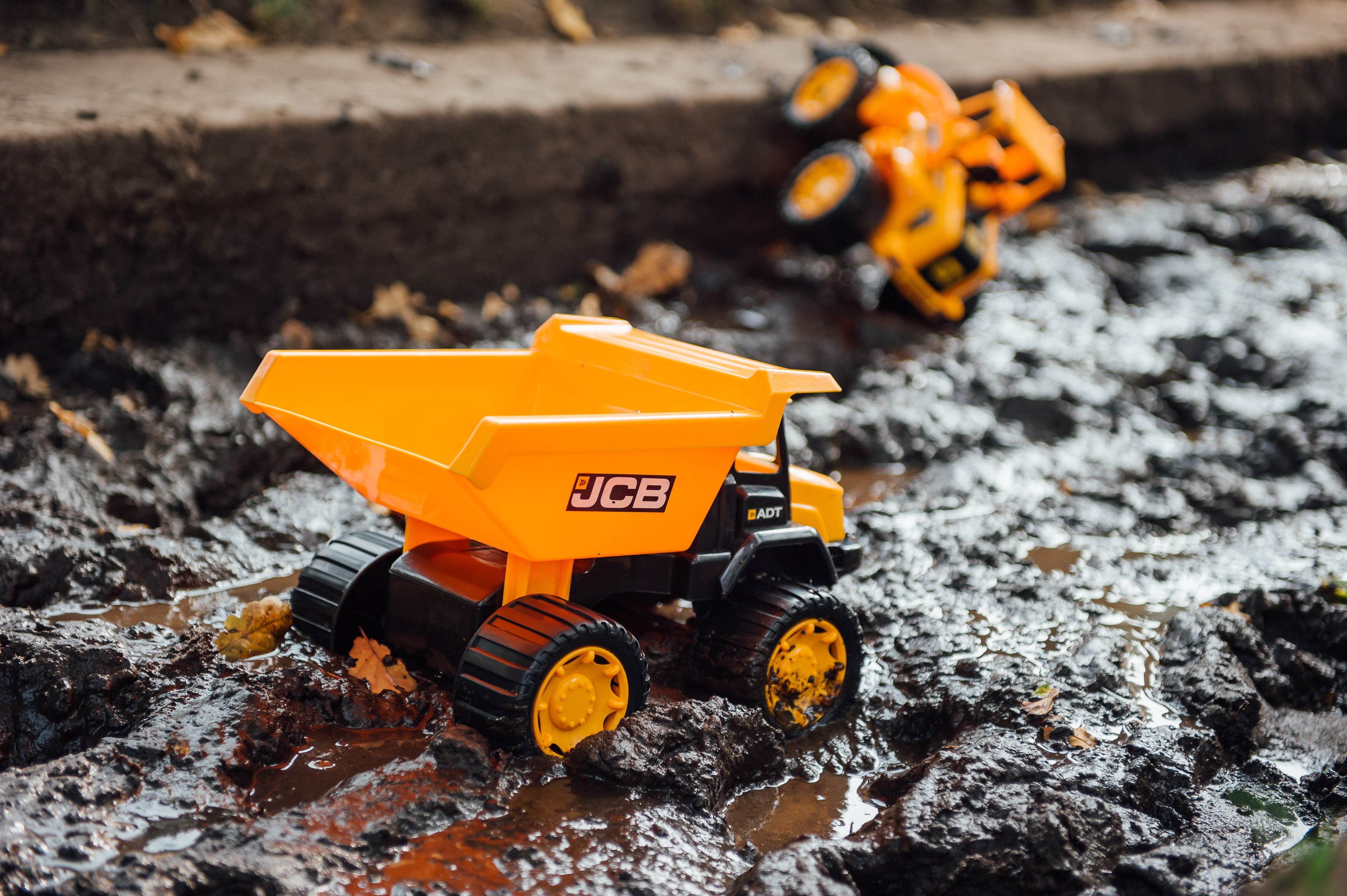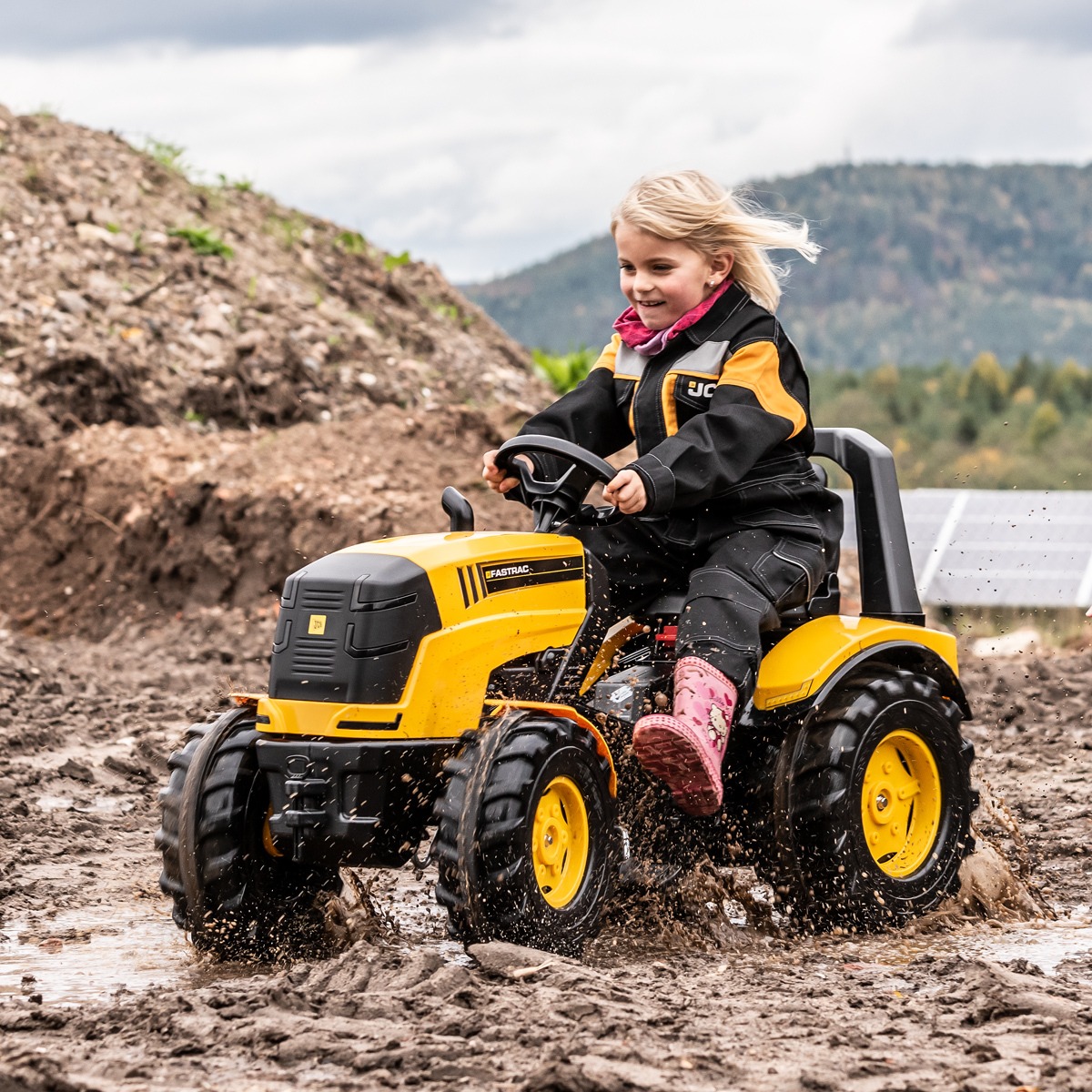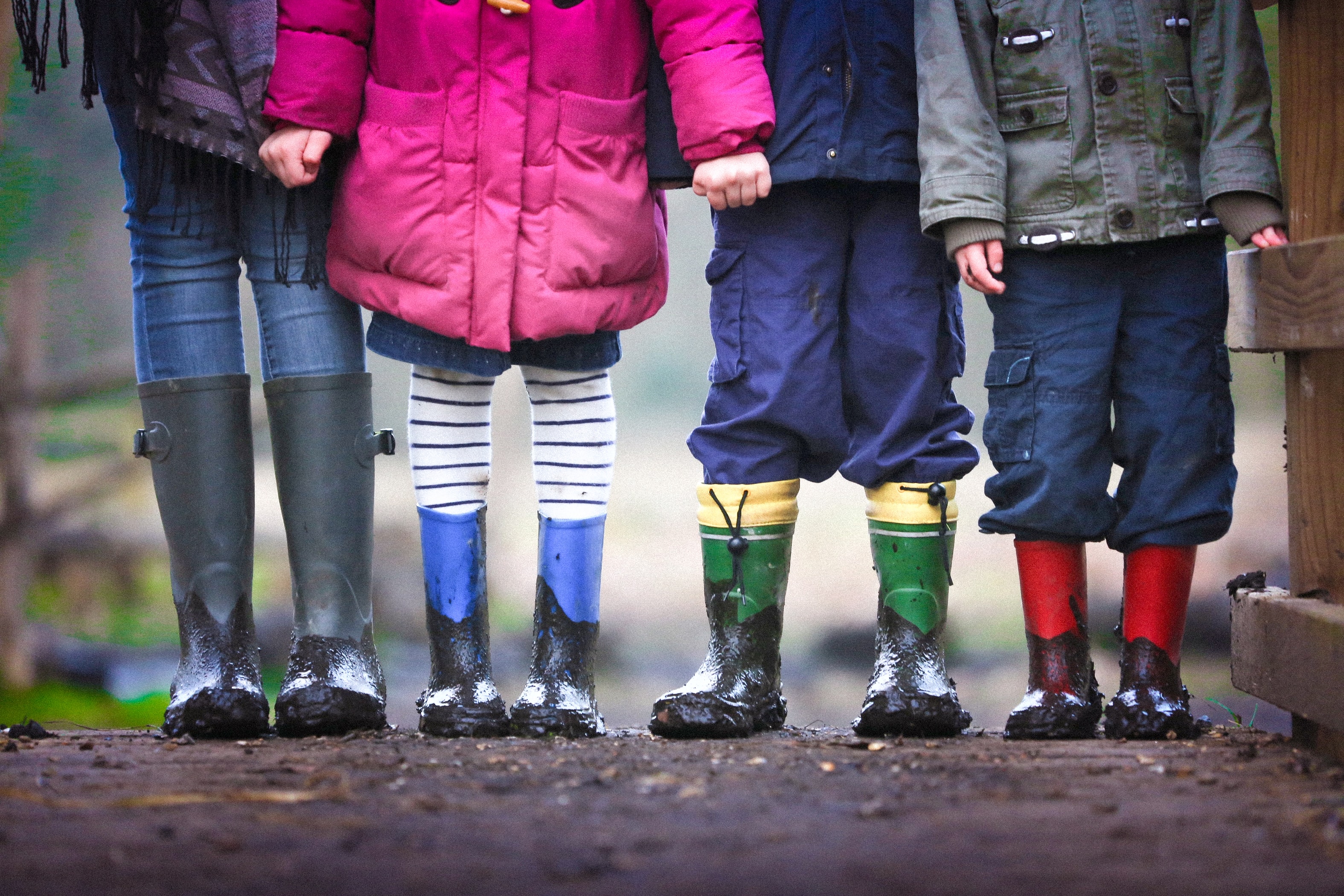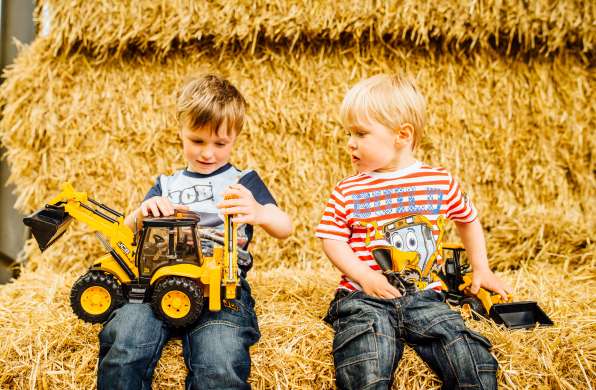Toy tractors have been a staple of childhood play for generations. With their colourful designs and sturdy construction, these miniature machines have captured the imaginations of children all over the world. But did you know that they can also promote valuable skills in science, technology, engineering, and maths (STEM)?
STEM skills are becoming increasingly important in today’s world, as industries from engineering to healthcare rely on workers with a strong foundation in these areas. By encouraging children to explore STEM concepts through play, parents and educators can help prepare them for success in a variety of fields.
Promoting Basic Engineering Skills
Toy tractors are an ideal tool for introducing STEM concepts to young children. For example, they can be used to teach basic engineering principles, such as how levers and pulleys work. Children can experiment with different configurations of the toy tractor to see how changing the position of the wheels or adding weights affects its performance.
Developing Spatial Awareness & Reasoning
In addition, toy tractors can help children develop their spatial reasoning skills. By building obstacle courses or designing mazes for the toy tractors to navigate, children can learn to think critically about how objects move in space and develop an intuitive understanding of spatial relationships.
When a child plays with a toy tractor and trailer, they are using their imagination to create a scenario where the tractor is moving objects from one place to another. This simple act involves a number of STEM skills, such as predicting how the trailer will move based on the weight and placement of the objects inside, and making adjustments to ensure that the trailer stays balanced.
Teaching Basic Physics Concepts
Toy tractors can also be used to teach basic physics concepts. For example, children can learn about the principles of motion by experimenting with different types of surfaces and inclines. They can also explore the concept of force by using the toy tractors to push or pull objects of varying weights.
Mastering Maths Skills
Finally, toy tractors can be a great tool for teaching basic maths skills. Children can use the tractors to count objects, measure distances, and explore basic geometry concepts such as shape and symmetry.
How To Choose The Best Toy Tractor For Your Child?
When selecting a toy tractor, look for one that has features that encourage hands-on exploration and experimentation. This could include movable parts, realistic details, and interactive elements like lights and sounds. The toy should also be sturdy, so that children can engage in active play without worrying about it breaking easily.
JCB Explore’s toy tractors are designed to be durable and sturdy, with realistic features that mimic real-life construction vehicles. This attention to detail helps children develop an understanding of how these machines work and how they’re used in the real world.
Overall, they are a fantastic option for parents and educators who are looking to promote STEM learning in young children. By providing children with a fun and engaging way to explore engineering, physics, maths, and other STEM concepts, these toys can help set them on a path towards lifelong learning and success in a rapidly changing world.



